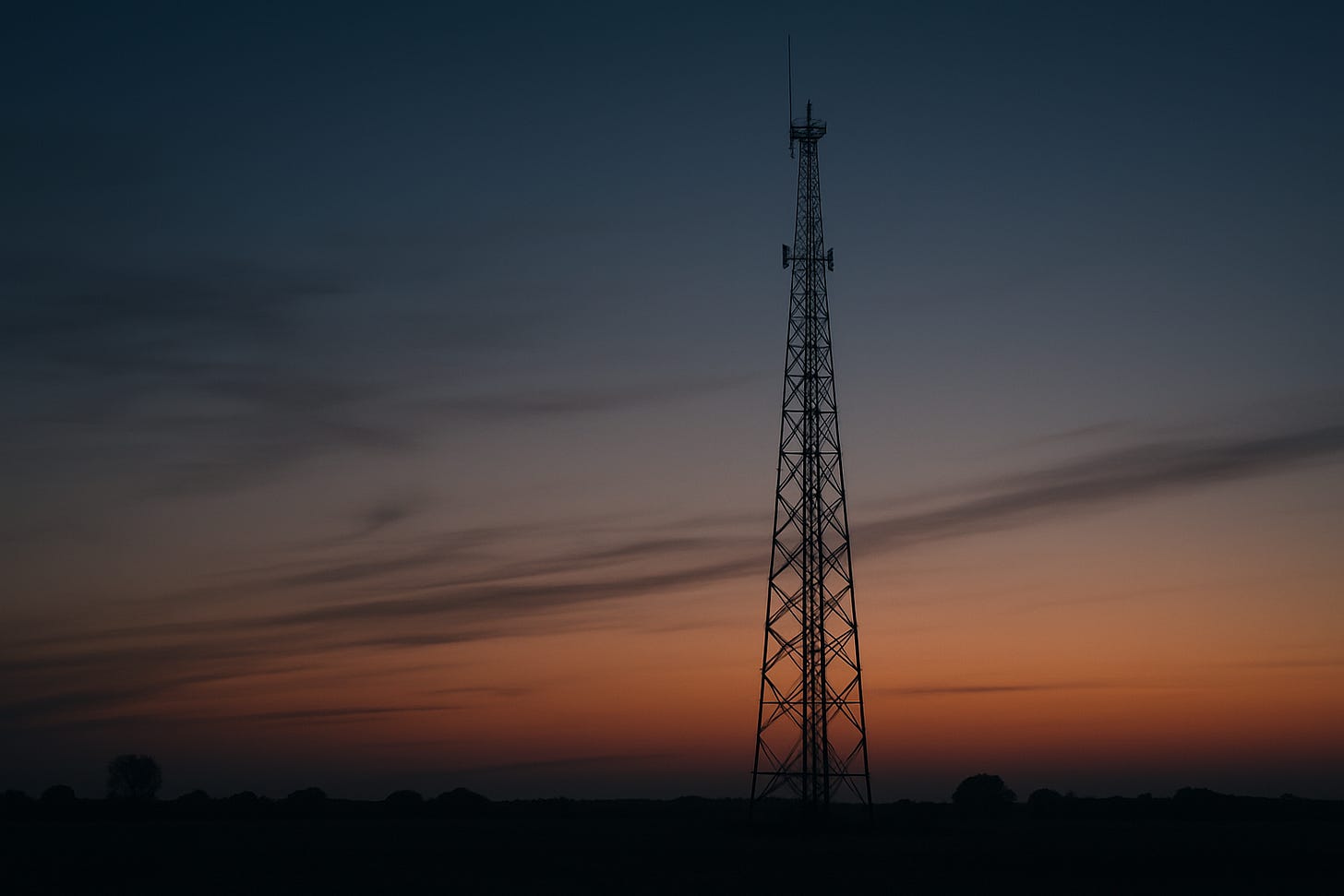In Defense of Public Broadcasting
What happens when the federal government claws back its budget
Public TV introduced me to friendly voices when I was a child, and for a time, those were the only friendly voices I heard. I learned about friendship from them. Later, it introduced me (and many other Americans) to the joys of Monty Python. And still later, it gave me the unearthly acting talent of Mark Rylance as Thomas Cromwell in the phenomenal Wolf…
Keep reading with a 7-day free trial
Subscribe to TheRobArcher.com to keep reading this post and get 7 days of free access to the full post archives.



